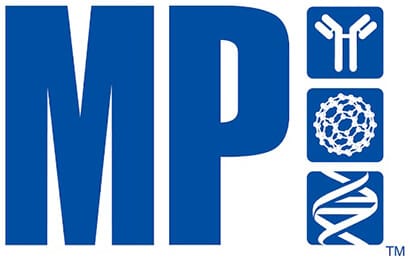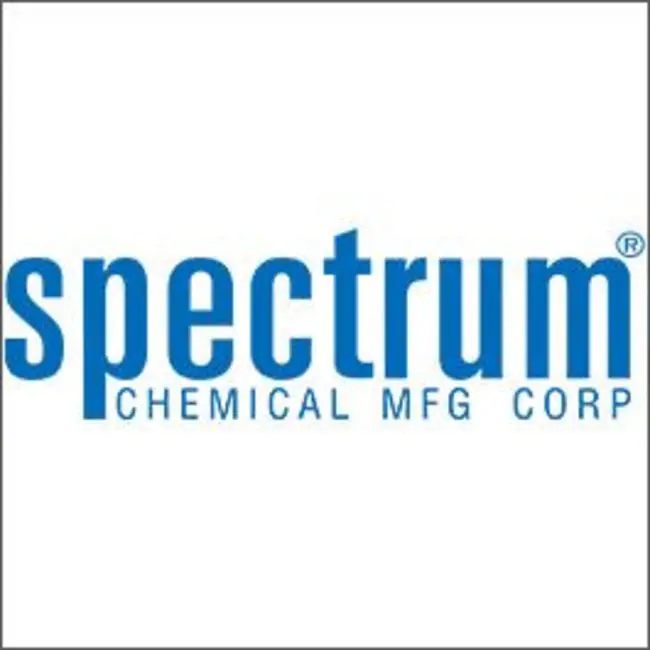Ambient
Showing 69601–69650 of 166681 results
-

Butanal
$209.59 Add to cart View Product DetailsMolecular Formula : C4 H8 O
-

Butanal
$276.00 Add to cart View Product DetailsMolecular Formula : C4 H8 O
-
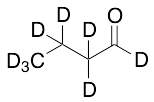
Butanal-d8
$224.25 Add to cart View Product DetailsMolecular Formula : C4 2H8 O
-

Butanal-d8
$1,716.38 Add to cart View Product DetailsMolecular Formula : C4 2H8 O
-

Butane-1,4-disulfonic Acid Disodium Salt
$151.80 Add to cart View Product DetailsMolecular Formula : C4 H8 O6 S2 . 2 Na
-

Butane-1,4-disulfonic Acid Disodium Salt
$340.69 Add to cart View Product DetailsMolecular Formula : C4 H8 O6 S2 . 2 Na
-

Butane-1,4-disulfonic Acid Disodium Salt
$646.88 Add to cart View Product DetailsMolecular Formula : C4 H8 O6 S2 . 2 Na
-
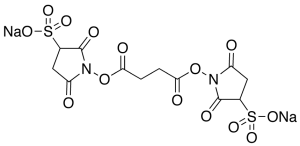
Butanedioic Acid 1,4-Bis(2,5-dioxo-3-sulfo-1-pyrrolidinyl) Ester Disodium Salt (Technical Grade)
$88.84 Add to cart View Product DetailsMolecular Formula : C12H10N2Na2O14S2
-

Butanedioic Acid 1,4-Bis(2,5-dioxo-3-sulfo-1-pyrrolidinyl) Ester Disodium Salt (Technical Grade)
$399.34 Add to cart View Product DetailsMolecular Formula : C12H10N2Na2O14S2
-

Butanedioic Acid 1,4-Bis(2,5-dioxo-3-sulfo-1-pyrrolidinyl) Ester Disodium Salt (Technical Grade)
$708.98 Add to cart View Product DetailsMolecular Formula : C12H10N2Na2O14S2
-

Butanedioic acid 2-ethyl-6-methyl-3-pyridinol (1:1)
$50.89 Add to cart View Product DetailsMolecular Formula : C8H11NOC4H6O4
-

Butanedioic acid 2-ethyl-6-methyl-3-pyridinol (1:1)
$65.55 Add to cart View Product DetailsMolecular Formula : C8H11NOC4H6O4
-
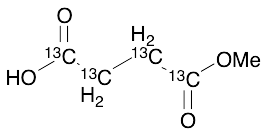
Butanedioic-13C4 Acid 1-Methyl Ester
$292.39 Add to cart View Product DetailsMolecular Formula : C13C4H8O4
-

Butanilicaine Hydrochloride
$225.98 Add to cart View Product DetailsMolecular Formula : C13 H19 Cl N2 O . Cl H
-

Butanilicaine Hydrochloride
$1,005.68 Add to cart View Product DetailsMolecular Formula : C13 H19 Cl N2 O . Cl H
-

Butanilicaine Hydrochloride
$1,750.88 Add to cart View Product DetailsMolecular Formula : C13 H19 Cl N2 O . Cl H
-

Butanoic Acid
$140.59 Add to cart View Product DetailsMolecular Formula : C4 H8 O2
-

Butanoic Acid
$160.43 Add to cart View Product DetailsMolecular Formula : C4 H8 O2
-

Butanoic Acid
$189.75 Add to cart View Product DetailsMolecular Formula : C4 H8 O2
-
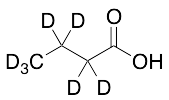
Butanoic-d7 Acid
$103.50 Add to cart View Product DetailsMolecular Formula : C4 D7 H O2
-

Butanoic-d7 Acid
$313.09 Add to cart View Product DetailsMolecular Formula : C4 D7 H O2
-

Butanoic-d7 Acid
$465.75 Add to cart View Product DetailsMolecular Formula : C4 D7 H O2
-
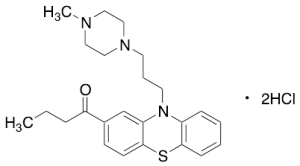
Butaperazine Dihydrochloride
$232.01 Add to cart View Product DetailsMolecular Formula : C24H31N3OS .2HCl
-

Butaperazine Dihydrochloride
$1,778.48 Add to cart View Product DetailsMolecular Formula : C24H31N3OS .2HCl
-
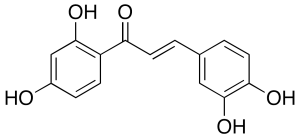
Butein
$51.75 Add to cart View Product DetailsMolecular Formula : C15 H12 O5
-

Butein
$113.85 Add to cart View Product DetailsMolecular Formula : C15 H12 O5
-

Butein
$812.48 Add to cart View Product DetailsMolecular Formula : C15 H12 O5
-

Butein
$42.29 Add to cart View Product DetailsButein
-

Butein
$192.27 Add to cart View Product DetailsButein
-
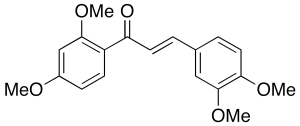
Butein Tetramethyl Ether
$232.88 Add to cart View Product DetailsMolecular Formula : C19H20O5
-

Butein Tetramethyl Ether
$1,794.86 Add to cart View Product DetailsMolecular Formula : C19H20O5
-

Butenafine Hydrochloride
$85.39 Add to cart View Product DetailsMolecular Formula : C23 H27 N . Cl H
-

Butenafine Hydrochloride
$133.69 Add to cart View Product DetailsMolecular Formula : C23 H27 N . Cl H
-

Butenafine Hydrochloride
$169.05 Add to cart View Product DetailsMolecular Formula : C23 H27 N . Cl H
-
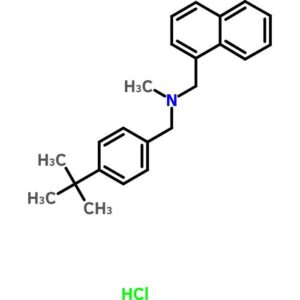
Butenafine Hydrochloride
$152.66 Add to cart View Product DetailsButenafine Hydrochloride
-

Butenafine Hydrochloride
$450.43 Add to cart View Product DetailsButenafine Hydrochloride
-
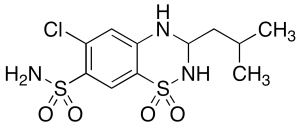
Buthiazide
$80.21 Add to cart View Product DetailsMolecular Formula : C11 H16 Cl N3 O4 S2
-

Buthiazide
$119.03 Add to cart View Product DetailsMolecular Formula : C11 H16 Cl N3 O4 S2
-

Buthiazide
$213.90 Add to cart View Product DetailsMolecular Formula : C11 H16 Cl N3 O4 S2
-
Buthiobate
$199.24 Add to cart View Product DetailsMolecular Formula : C21 H28 N2 S2
-
Buthiobate
$837.49 Add to cart View Product DetailsMolecular Formula : C21 H28 N2 S2
-
Buthiobate
$1,564.58 Add to cart View Product DetailsMolecular Formula : C21 H28 N2 S2
-
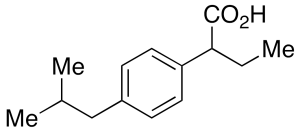
Butibufen
$176.81 Add to cart View Product DetailsMolecular Formula : C14 H20 O2
-
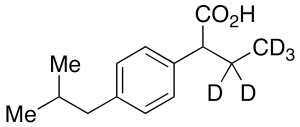
Butibufen-d5
$166.46 Add to cart View Product DetailsMolecular Formula : C14H15D5O2
-

Butibufen-d5
$1,296.34 Add to cart View Product DetailsMolecular Formula : C14H15D5O2
-

Butobarbital
$248.40 Add to cart View Product DetailsMolecular Formula : C10 H16 N2 O3
-

Butobarbital
$1,775.89 Add to cart View Product DetailsMolecular Formula : C10 H16 N2 O3
-

Butobarbital (1.0 mg/ml in Methanol)
$110.40 Add to cart View Product DetailsMolecular Formula : C10 H16 N2 O3
-
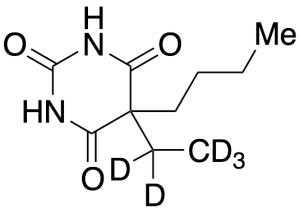
Butobarbital-d5
$176.81 Add to cart View Product DetailsMolecular Formula : C10H11D5N2O3
-

Butobarbital-d5
$1,391.21 Add to cart View Product DetailsMolecular Formula : C10H11D5N2O3



